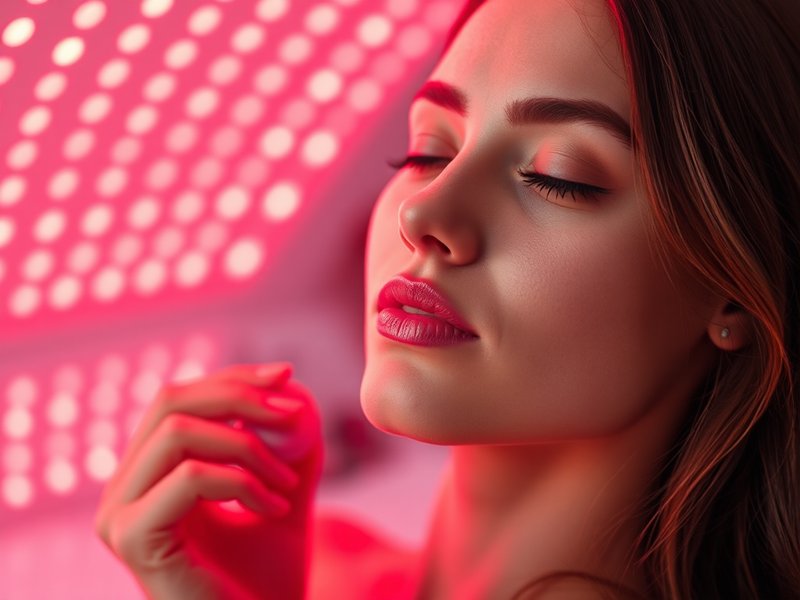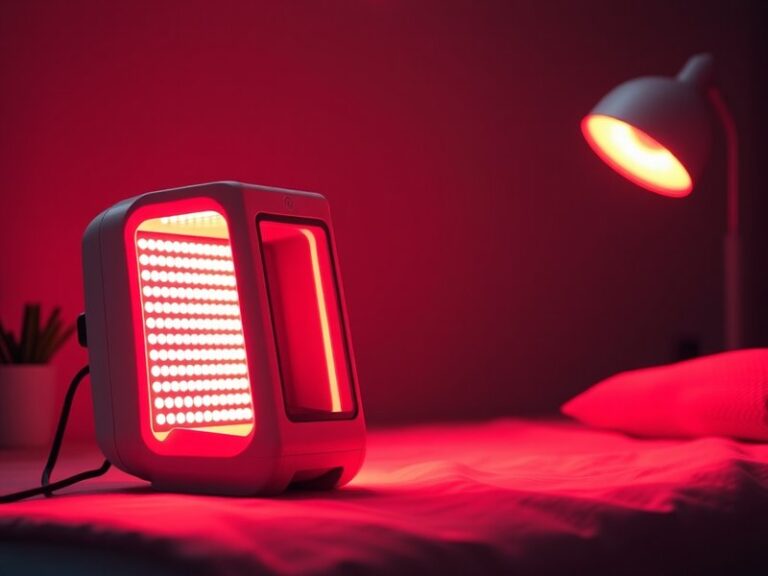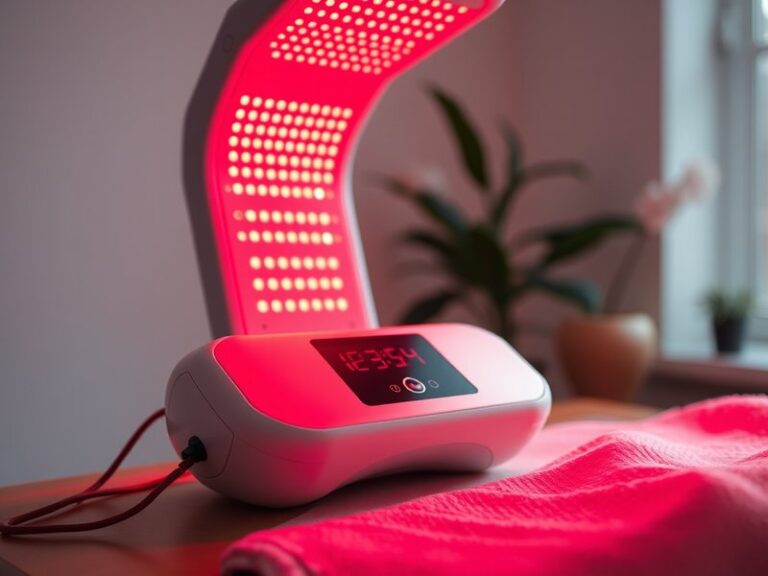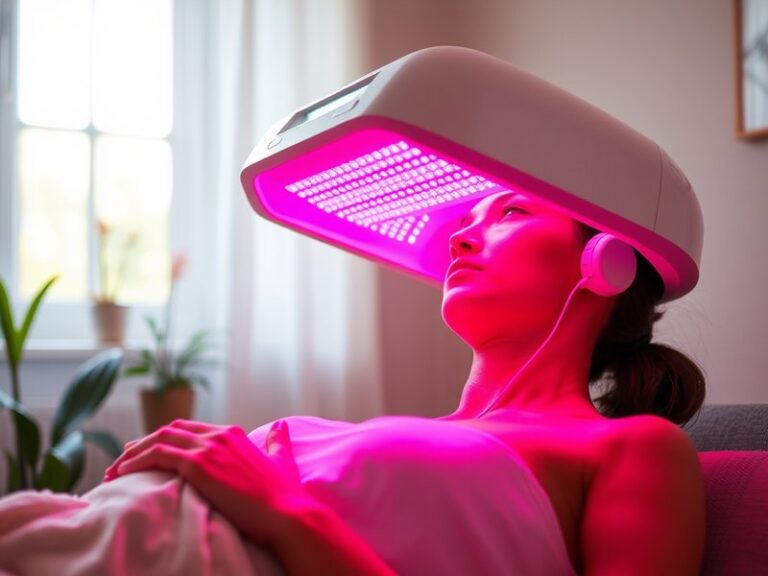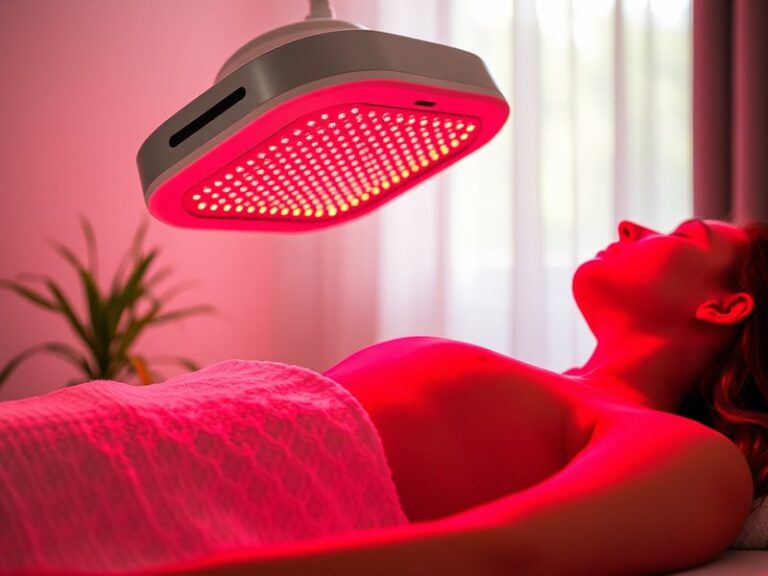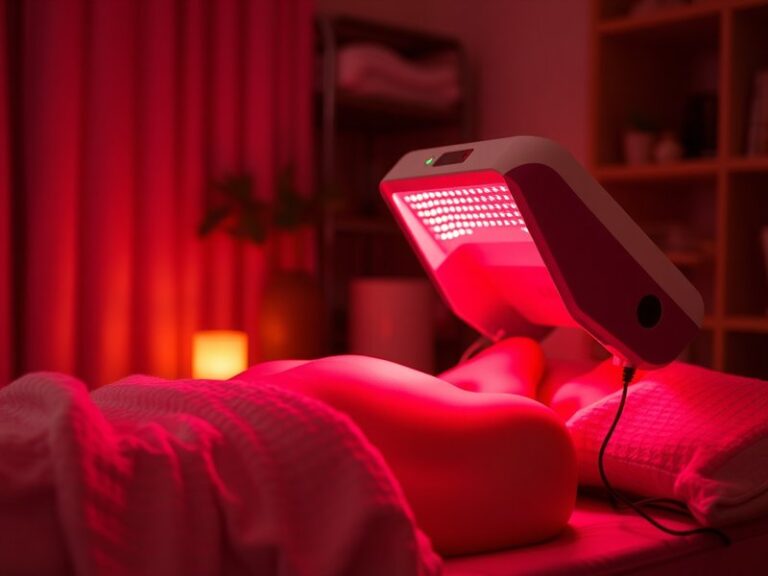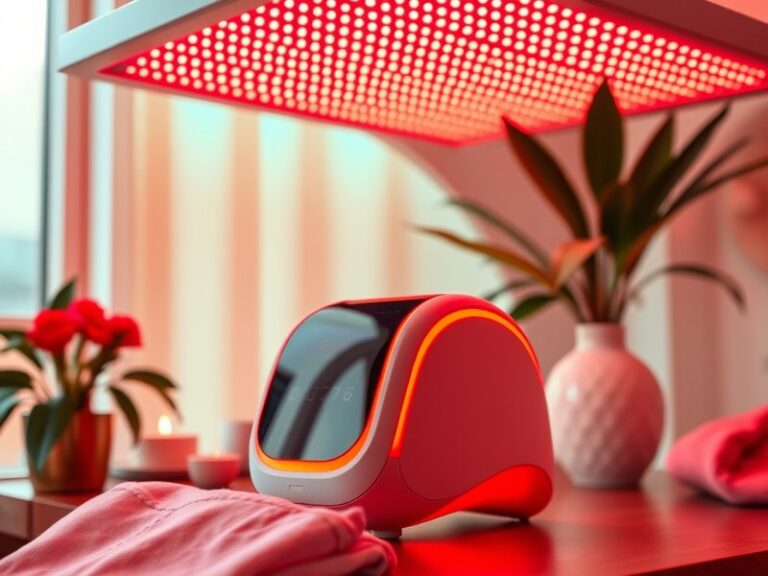Can Red Light Therapy Irritate Skin?
Can Red Light Therapy Irritate Skin?
Is red light therapy a safe option for your skincare routine, or can it lead to undesirable skin irritation?
In this article, we’ll explore the nuances of red light therapy, its potential benefits, and the possibility of skin irritation. We will also address precautions to take and alternatives available to ensure you make an informed decision about incorporating this treatment into your regimen.
Discover more in Daily Red Light Therapy Safety?
Key Takeaways
- Red light therapy utilizes low-level wavelengths to potentially improve skin conditions and promote healing.
- While it is generally considered safe, there are situations where it may cause temporary irritation or discomfort.
- Proper use and skin type considerations are essential for minimizing any potential adverse effects.
What is Red Light Therapy?
Red light therapy (RLT) is a non-invasive treatment that employs low wavelengths of red light to penetrate the skin. It is believed to influence cellular processes, effectively promoting healing and rejuvenation. This type of therapy is often used for various skin conditions, including acne, fine lines, and wounds.
The treatment mechanism mainly involves stimulating mitochondria, the powerhouse of cells. Enhanced mitochondrial activity leads to increased ATP production, which is energy that cells use for various functions, thus potentially aiding in tissue repair and anti-inflammatory processes.
While RLT can offer many benefits, understanding its interaction with different skin types is crucial, as individual reactions may vary.
What are the Benefits of Red Light Therapy?
Exploring the specific advantages of red light therapy reveals why it has gained popularity in the skincare and wellness industries.
Stimulates Collagen Production
Red light therapy can help boost collagen synthesis in the skin, which is vital for maintaining firmness and elasticity. Increased collagen can significantly help reduce the appearance of wrinkles and fine lines.
Reduces Inflammation
RLT has anti-inflammatory properties, making it effective in treating conditions like acne or rosacea. By mitigating inflammation, it helps calm the skin, leading to healthier-looking results.
Enhances Wound Healing
Studies have shown that red light therapy can accelerate wound healing and tissue repair. This makes it a valuable treatment for individuals recovering from skin injuries or surgeries.
Improves Skin Tone and Texture
By promoting blood circulation and cellular regeneration, RLT can lead to improved skin tone and texture, giving the skin a more youthful and vibrant appearance.
Is it Possible to Irritate Skin with Red Light Therapy?
While generally safe, red light therapy can occasionally irritate the skin, especially for certain individuals or when misused. Factors such as skin type, treatment duration, and the intensity of the light can contribute to adverse reactions.
What are the Advantages of Red Light Therapy?
Utilizing red light therapy offers numerous benefits, including:
Pain-Free Treatment
RLT is a non-invasive procedure that typically does not involve pain, making it an accessible option for many seeking relief from skin issues.
Minimal Side Effects
When conducted properly, red light therapy has fewer side effects compared to invasive procedures or medication, making it a safer choice.
What are the Disadvantages of Red Light Therapy?
However, some disadvantages exist, including:
Potential Skin Irritation
Certain users may experience redness, irritation, or a sensation of warmth on the treated areas. These effects are often temporary.
Not Suitable for Everyone
Individuals with specific skin conditions, such as severe eczema or psoriasis, may find red light therapy aggravates their symptoms.
What are the Things to Consider Before Using Red Light Therapy?
Before starting red light therapy, there are essential considerations to keep in mind:
Skin Sensitivity
Consider your skin type and sensitivity. If you have particularly reactive skin, start with shorter sessions to gauge how your skin responds.
Consultation with a Professional
It’s wise to consult a dermatologist or skincare professional. They can provide personalized insights based on your specific skin concerns and conditions.
Check out the latest Is Red Light Therapy Safe?
Proper Device Use
Ensure you use a high-quality red light therapy device and follow the manufacturer’s instructions regarding distance and treatment duration.
What are the Alternatives to Red Light Therapy?
If you’re concerned about possible skin irritation from red light therapy, consider these alternatives:
Blue Light Therapy
Targeted primarily for acne treatment, blue light therapy uses different wavelengths to destroy acne-causing bacteria without risking skin irritation associated with red light.
LED Facial Masks
These masks combine various wavelengths, including red, blue, and yellow light therapy, often in a more gentle format for broader skin benefits without significant side effects.
Chemical Peels
For those looking to improve skin texture and tone, chemical peels offer an alternative method to enhance skin without relying solely on light treatments.
Conclusion: Is it Recommended to Use Red Light Therapy?
Red light therapy can be an effective tool for improving skin health and appearance, with numerous benefits. However, it is essential to recognize that while rare, skin irritation is possible. By considering your skin’s sensitivity, consulting with professionals, and following proper guidelines, you can minimize risks and maximize the positive impacts of this treatment.
Frequently Asked Questions
Can anyone use red light therapy?
Most people can safely use red light therapy. However, individuals with certain skin conditions or sensitivities should consult a professional before starting treatment.
How often should I use red light therapy?
Usage frequency can vary based on the device and individual skin needs. Often, sessions are recommended 2-3 times per week for optimal results, but starting with once a week can be a good approach for sensitive skin.
What should I do if I experience irritation?
If irritation occurs, discontinue use and consult a healthcare professional. They can assess the situation and provide guidance on next steps.
How long can I expect to see results?
Results can vary depending on the individual and the skin condition being treated. Generally, users may start seeing improvements after a few weeks of consistent sessions.
